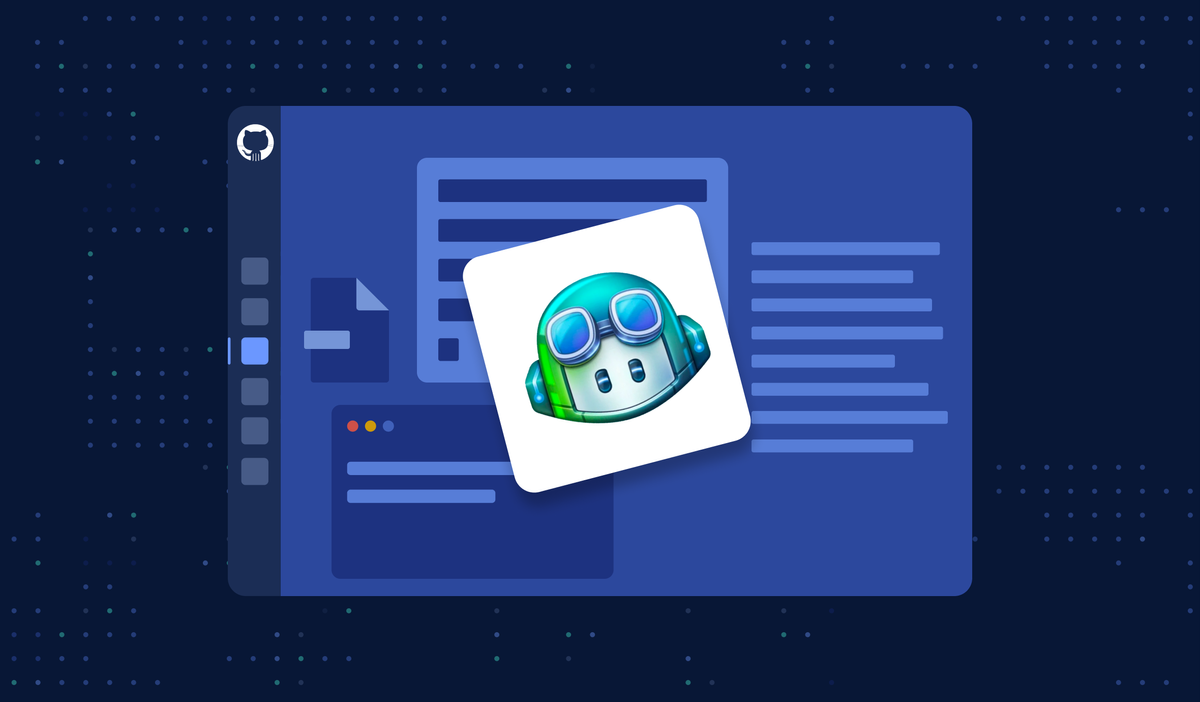SAST is a type of security testing that analyzes source code to identify potential security vulnerabilities. It does this without executing the code, hence the term "static". This method is crucial for early detection of flaws that could lead to security breaches.
With the advent of AI code-generating tools like GitHub Copilot and ChatGPT, the role of SAST is undergoing a significant transformation.
In this blog, I'll share some thoughts on security issues related to AI-generated code.
Trustworthiness of AI-Generated Code: The Core Concern
Tools like GitHub Copilot and ChatGPT he revolutionized coding practices, but they also bring forth challenges in reliability and security.
The security of AI-generated code is inherently linked to the data used for training these AI models. Since much of the existing source code has security vulnerabilities, AI-generated code is likely to inherit these flaws.

There's also the "hallucination" problem in AI, where the output might appear accurate but may not be factually or contextually correct, particularly in terms of security, because generative AI is often giving you exactly the answer you want.
Assistance in code generation will always be questionable if you want to follow sound business logic. Also, the security of your software is paramount if you're in. So it doesn't make a difference if you use AI-generated code or Stackoverflow, even if the latter has comments to the code snippets and ChatGPT doesn't.
Security in the Age of AI-Generated Code
While AI tools can significantly enhance productivity for routine tasks, the ultimate responsibility for code security is on developers. Given the high volume of code being produced, we cannot expect security teams to review it comprehensively.
So, within this new context, how to properly integrate security checks into the development workflow? What are the tools that would enable us to reduce the security limitations when using generative AI?
Scan code with a SAST
As AI tools become more prevalent in software development, SAST tools and methodologies need to evolve. Traditional SAST solutions were designed for code written by humans, where common patterns and vulnerabilities were well-understood. With AI entering the fray, SAST must adapt to understand and effectively analyze the nuances of AI-generated code, which might differ significantly from human-written code.
A robust SAST process can scrutinize AI-generated code with a critical eye, ensuring that the output aligns with security best practices and the specific requirements of the project.
Conclusion
As AI continues to reshape how code is written and managed, the emphasis on vigilant, security-conscious development practices becomes increasingly crucial. SAST stands as a critical tool in ensuring that the efficiencies gained through AI do not come at the cost of security and reliability.
For more insights and discussions on the latest in cybersecurity, follow our Security Repo podcast.
This article is a guest post. Views and opinions expressed in this publication are solely those of the author and do not reflect the official policy, position, or views of GitGuardian, The content is provided for informational purposes, GitGuardian assumes no responsibility for any errors, omissions, or outcomes resulting from the use of this information. Should you have any enquiry with regard to the content, please contact the author directly.





